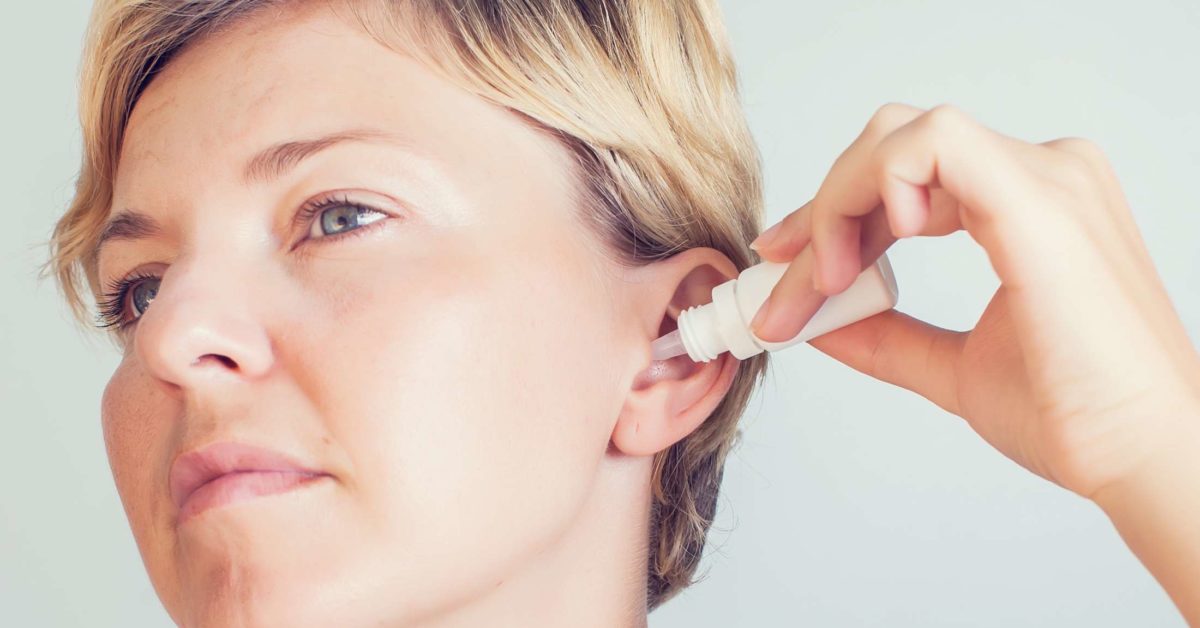Earwax Removal Home Remedies
by Admin
Posted on 17-07-2022 10:13 AM

How to remove earwax at home
Ear syringes or irrigation kits are also available at your pharmacy. These kits are often used in conjunction with drops. Use the drops first to soften the
ear
wax, and then wait about 15 to 30 minutes.
 Use the irrigation kit to then remove any remaining wax that may still be blocking your ear canal. Do not use irrigation kits if you have diabetes, a hole or tube in your eardrum, eczema, or other skin problems in your ear, or if you have a weakened immune system, as water may get into your middle ear and cause an infection. If you are unsure if you have any of these conditions, consult your hearing specialist before irrigating your ears at home.
Use the irrigation kit to then remove any remaining wax that may still be blocking your ear canal. Do not use irrigation kits if you have diabetes, a hole or tube in your eardrum, eczema, or other skin problems in your ear, or if you have a weakened immune system, as water may get into your middle ear and cause an infection. If you are unsure if you have any of these conditions, consult your hearing specialist before irrigating your ears at home.
Excessive earwax buildup is a common problem that can lead to ear discomfort, itchy ears or partial loss of hearing. Debrox® is a safe, gentle, and non-irritating way to remove earwax build-up in the privacy of your own home. Debrox® safely removes excessive earwax through the power of microfoam cleansing action. When drops are placed in the ear, oxygen is released. This release allows debrox® to foam on contact as it gently softens and loosens earwax. The sustained microfoam cleansing action of debrox® may make mild bubbling or crackling sounds. This is not cause for alarm and is evidence of debrox® hard at work inside your ear.
The safest way to have problem earwax removed is by a suitably qualified medical professional, such as an audiologist. They are able to properly examine the ear, confirm that earwax is the problem, and then safely remove it using specialist methods and equipment, such as microsuction or professional irrigation. Should earwax build-up become a problem, there are various ways that it can be treated safely at home that do not involve cotton buds, but it is always advisable to seek professional advice rather than attempt self treatment.
Baby oil, glycerin, mineral oil and olive oil can soften earwax. Warm the oil a bit by placing the bottle in a bowl of warm water. When the oil is at a comfortable temperature, use an ear dropper to put about three or four drops in each ear. If you want to do both ears at once, use cotton balls to keep the oil from dripping out. After about 10 minutes, tilt your head to allow the oil to trickle out. Use a washcloth or cotton ball to remove any excess oil in your outer ear. These are safe ways to clean your ears and remove earwax at home.
What happens if earwax is not removed?
Earwax can fall out or be removed by washing. It can also build up and block the ear canal. This is called cerumen (earwax) impaction. Common symptoms can develop, including earache, tinnitus (ringing in the ears), partial hearing loss due to conductive sound dysfunction, and a sensation of fullness in the ear (“plugged”).
 Causes of earwax impaction can include hereditary (familial cause), use of hearing aids, insertion of q-tips, or use of ear buds.
Causes of earwax impaction can include hereditary (familial cause), use of hearing aids, insertion of q-tips, or use of ear buds.
Some people may need to remove earwax if they have excessive buildup, otherwise known as impaction. Impaction often occurs in people who use earbuds frequently, wear hearing aids daily, wear earplugs nightly, or have a faster earwax accumulation than the average person. Earwax buildup can affect hearing and cause pain, so it’s important for it to be removed in a safe and effective way. Here are some tips on how to clean your ears safely.